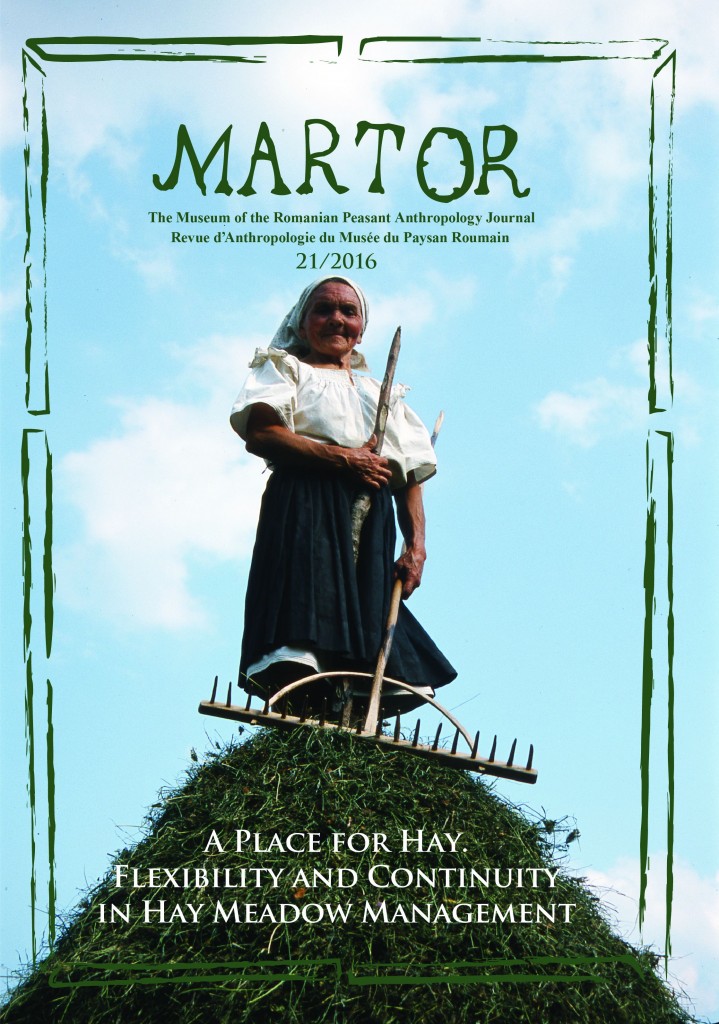The Traditional Perceptions of Hay and Hay-Meadow Management in a Historical Village from Maramureş County, Romania
The Traditional Perceptions of Hay and Hay-Meadow Management in a Historical Village from Maramureş County, Romania
Author(s): Cosmin Marius Ivașcu, Kinga Öllerer, László RákosyContributor(s): Cosmin Marius Ivașcu (Photographer), Kathleen Laraia Mclaughlin (Photographer)
Subject(s): Anthropology, Geography, Regional studies
Published by: Muzeul Ţăranului Român, Editura Martor
Keywords: traditional ecological knowledge; semi-natural grasslands; small-scale farming; mowing; grazing; ecosystem services;
Summary/Abstract: Hay is still a fundamental resource for many Central and Eastern European traditional rural communities, as this is the only type of fodder used in winter time for the indoor feeding of livestock animals. To explore its current relevance for local communities, we conducted research in Ieud village, Maramureș county, in Northern Romania. The fourteenth-century documents clearly mention hay meadows as one of the most important land uses in the village, belonging to the local nobility. Due to the long history of animal husbandry and farming in the region, the locals from Ieud have developed a hay classification system based on dominant topography, land uses, slope exposure, dominant plant species and structure. Hay meadows are still managed traditionally, closely connected to several feast days, although the methods of hay monitoring and the timing of mowing are slightly different, thus proving the adaptability of traditional ecological knowledge. One significant difference between former and present management is that the meadows located at higher elevations and further away from the village are currently very rarely used for haymaking, most of them being used as pastures. Considering that these meadows are most valuable from a biodiversity perspective, we argue that appropriate policies and incentives are needed to support local communities in preserving traditional practices, maintaining their traditional ecological knowledge and promoting the valuation of ecosystem services.
Journal: Martor. Revue d’Anthropologie du Musée du Paysan Roumain
- Issue Year: 2016
- Issue No: 21
- Page Range: 38-51
- Page Count: 14
- Language: English

